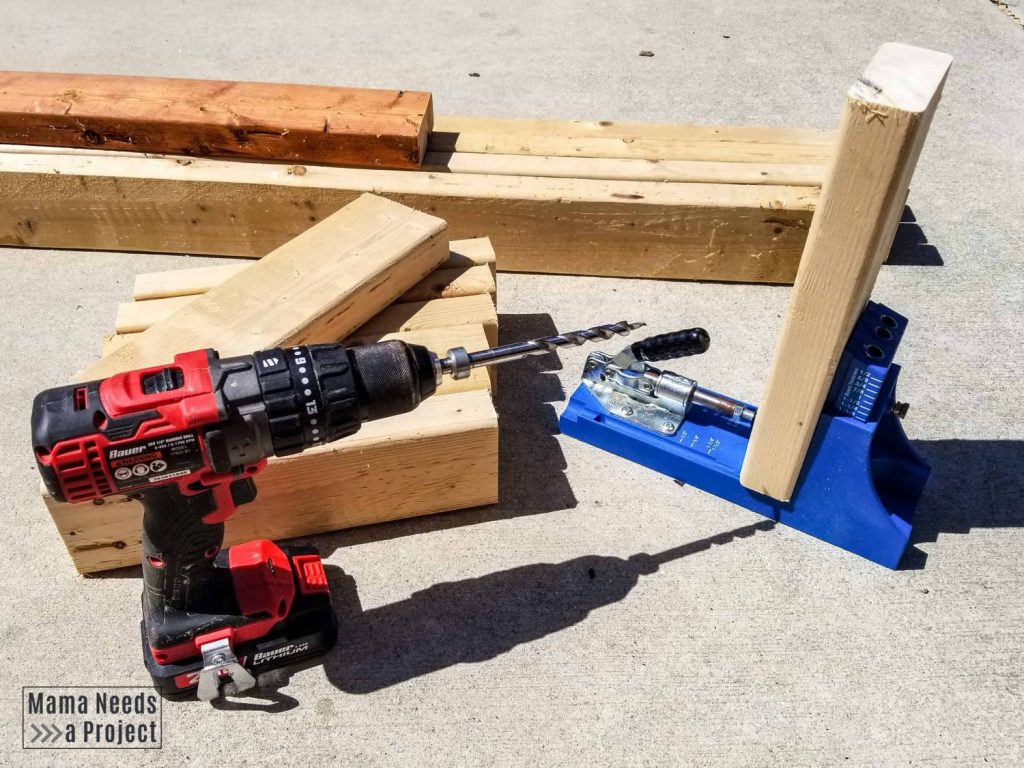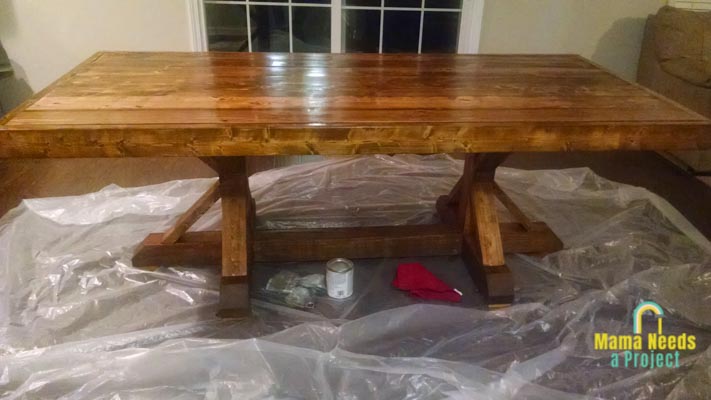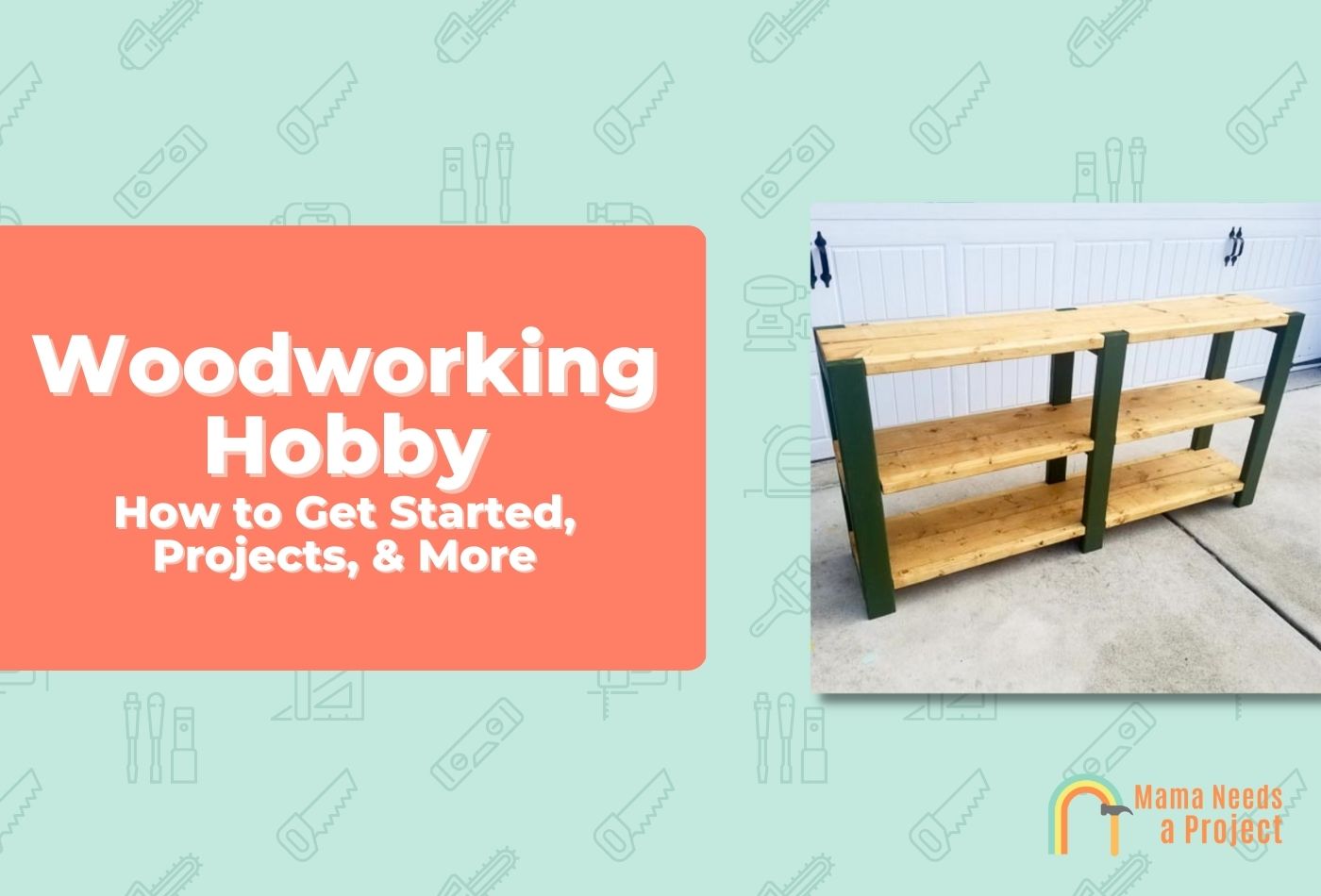Woodworking Hobby: How to Get Started, Projects, & More (2024)
Every day we use products that are made by woodworkers, and the art of woodworking has been around nearly as long as human beings. The history of woodworking spans for ages, with some famous woodworkers starting their craft centuries ago.
If you want to start woodworking as a hobby – I’ll explore everything you should know, including the tools you’ll need, how to get started, and some fun projects you can try to build your skills.
To start a woodworking hobby, you first need to find a place to work, gather some essential woodworking tools, learn the woodworking basics, and then find a beginner project that interests you.
What is Woodworking?
Simply put, woodworking is the activity of making things out of wood. Woodworking is somewhat of an umbrella term, however, as there are different kinds of woodworking, including wood carving, joinery, cabinet making, woodturning, and carpentry.
As a woodworker, you can practice different aspects of woodworking or focus solely on one area.
Woodworking has been around for millennia, and many of the techniques and tools used in modern woodworking are centuries old.
Most woodworkers view this activity as an art form; the woodworker who planes, sands, and saws, is no different than the sculptor with his hammer and clay.
Woodworking requires time, patience, and dedication. There’s a lot of trial and error involved, and sometimes it can seem like you’re getting nowhere. But if you love the activity and keep at it, eventually you’ll get the hang of things and be able to produce some really top-notch stuff.
And if you’re a homeowner, learning about woodworking will help you understand the fundamental elements of your home better, and this will likely prove to be valuable information eventually.
How to Start a Woodworking Hobby

Woodworking is a hobby that many pick up in adulthood, and it’s one of those hobbies that you can have for a lifetime.
Therefore, when you’re just starting out, things can seem a bit daunting. After all, thousands of projects fall under the wood working umbrella.
But just like with anything else, you first have to take some baby steps. Eventually you’ll get comfortable and confident, at which point you’ll be able to start gaining invaluable experience while developing essential skills.
Before you start woodworking, however, you need to be familiar with:
- Where this is done
- What tools are needed to get started
- What materials you’ll be working with
Only after you’re familiar with what makes woodworking possible can you start learning this millennia-old art.
And if you don’t give up, eventually you can master advanced techniques and possibly turn woodworking from a hobby to a sideline.
But before we get ahead of ourselves, let’s look more closely at where woodworking is done, a few tools you’ll need to do this, and the kinds of wood you’ll be working with.
Where to Start Woodworking
Woodworking is typically done in a workshop. But if you don’t have one of these, you could practice woodworking in your garage.
Don’t have a garage? No problem! You can learn woodworking in any room that’s big enough to accommodate a workbench; it should also have good ventilation.
But by far the best environment for woodworking is a workshop, as here you can undertake a woodworking project and have all the hand tools and power tools you need nearby.
Plus, being in an area that’s dedicated to woodworking will help you concentrate, and attention to detail is definitely something this hobby requires.
Understand Common Woodworking Tools
Often when workshops are shown on TV and in movies, they’re filled with all kinds of tools, most of which non-woodworkers have never seen before.
But when you’re first starting out, you don’t need a workshop that’s stocked to the brim with hand and power tools.
In fact, it’s best to learn how to use the most basic woodworking tools first, and afterwards you can purchase specialized tools as you need them.
Below I list 20 tools and items beginning woodworkers should start out with.
You shouldn’t have to spend over $400 for everything on this list. If you want to lower the overall cost, refrain from purchasing the electric drill, whetstone, and plane.
Note: Just like you don’t need specialized tools when you’re starting out, you don’t need high-end (expensive) tools right away either.
Tools for Measuring & Marking
- 16-foot tape measure (or smaller)
- 6-inch stainless steel ruler
- Carpenter’s pencils
- Combination square (check out the best woodworking squares)
- Marking gauge
- Marking knife
Tools for Cutting
- Wood chisels
- Panel saw
- Circular saw
- Table saw
Tools for Fastening
- Claw hammer
- Screw drivers
- Tools for Drilling
- Electric hand drill
Additional Tools
- Sandpaper (& sanding blocks)
- Whetstone
- Jack plane
- F-clamps
- Wood mallet
Safety Gear
- Glasses
- Gloves
- N95 respirator
What You Can Incorporate Later
Once you get the woodworking basics down, and you’re comfortable and skilled with all the easy-to-use tools listed above, you can begin woodworking with more power tools, like routers, drill presses, sanders and table saws.
Once you get the hang of more advanced tools, you’ll be able to achieve higher-quality results faster.
Learn the Types of Woods
Wood is to woodworkers what paint is to painters and marble to sculptors. Therefore, if you want to become a skilled woodworker who can complete a range of woodworking projects, you need to know about the three main kinds of wood: hardwood, softwood, and engineered wood.
Hardwood
Hardwood is wood that comes from deciduous trees, or trees that lose their leaves in the fall.
This kind of wood is used for a variety of simple projects, and it’s also used to make flooring, framing, furniture, instruments, and marine structures.
Hardwoods can be painted and stained, but a lot of woodworkers refrain from doing either with hardwoods, as most boast a dazzling natural finish.
Examples of hardwoods are: oak, cherry, birch, maple, hickory, and walnut.
Hardwoods are generally the most expensive wood products, and Bocote—a type of wood that’s mostly found in Mexico, Central, and South America—is the most expensive hardwood.
Teak is the hardest and most durable of all the hardwoods.
If your woodworking hobby has you whittling hardwood regularly, make sure you keep your tools, especially your hand tools, sharp by doing proper maintenance routinely.
Softwood
The term “softwood” refers to any wood that comes from gymnosperm trees. Generally, softwoods are used to make paper pulp, card products, sheathing, molding, framing, ceilings, roofing, furniture, doors, and windows.
Some commonly used softwoods are pine, spruce, Douglas fir, redwood, and cedar.
Softwoods tend to be cheaper than hardwoods, and in several other ways these two kinds of wood are different.
Also, you can find softwoods that are harder than hardwoods and vice versa. Yew wood, for example, is classified as a softwood, but it’s much harder than a range of hardwoods. Balsa, on the other hand, is classified as a hardwood, yet it’s one of the softest kinds of wood and not very dense.
Softwood can be painted and stained, and it’s used both indoors and outdoors.
Engineered Wood
Engineered and manufactured wood products are man-made, whereas hardwoods and softwoods are found in nature. Two common kinds of engineered wood are plywood and medium density fiberboard (MDF).
Plywood is a material that’s comprised of several thin wood veneers, all of which are bonded with an adhesive.
This kind of engineered wood is used to make sheathing, framing, partitions, furniture, floors, and ceilings.
Any kind of natural wood can be used to make plywood, but often softwoods are used to make this material.
One thing to know about plywood is it’s usually rough, which means both sanding and edging are often needed to make it smooth.
MDF, on the other hand, is made of recycled wood products and isn’t as dense. It’s a smooth, low-cost alternative to plywood.
Also, MDF looks better than plywood when painted or stained, and that’s because the cross-grain arrangement plywood utilizes prevents paint and stain from adhering well.
Master Joinery Techniques
Joinery is a specific kind of woodworking, one that requires honed skills, experience, know-how, and the right tools.
You shouldn’t explore this area of woodworking until you’ve got the basics down.
A joiner is a woodworker who constructs complex wood pieces and fits them together, usually by cutting notches and using a range of bonding techniques.
Joinery is done in a workshop because it’s tool intensive.
A joiner makes a variety of wood products, including furniture, frames, doors, windows, stairs, sculptures, and mechanisms.
Some woodworkers dedicate all of their time and effort to learning joinery, whereas others focus on acquiring a broad knowledge of woodworking.
It’s fair to say if you can master joinery, you can make some pretty cool and useful stuff out of all kinds of wood-based products.
Build Your Workshop
Building your workshop isn’t just about stocking it with the right tools; you also need to arrange your equipment in a way so you’re both efficient and comfortable when working in this area.
It’s best to have a spacious workshop, and this area should be well organized. After all, if your workshop is cluttered and there are tools everywhere, it’ll take you longer to complete projects, and you may even give up on a woodworking project because you got distracted. That said, you can take a look at these small workshop ideas that can save you space!
If your workshop is spacious, you can have standup tools like a drill press, a belt sander, and router.
Making your workshop soundproof is a good move, as this way your working doesn’t disturb others.
And remember that this should be a well ventilated space, for when you work it’s likely a lot of fine particles will be released into the air; good ventilation is also important if you’re using fume-emitting products like polyurethane.
Learn How to Finish Wood
Knowing how to finish wood is important too, especially if you plan on making furniture. Finishing wood is one of the easier projects you can undertake, and the techniques used to do this can easily be learned online.
There are several different kinds of wood finish, and once you have a good understanding of how these finishes work with different materials, you can focus on the more complex aspects of woodworking.
Wood is often finished with paint or stain, but sometimes the natural finish is kept; a layer of polyurethane is usually added in the latter case to strengthen the finish.
Finishing is really all about sanding and edging to make a wooden surface smooth. Once it is, it can be beautified in a number of ways.
If you want to practice finishing wood, use flat surfaces; these are the easiest ones to finish.
Here’s a great video on how to finish wood!
Consider Woodworking Classes
If learning woodworking is a high priority of yours, consider taking woodworking classes. There are probably numerous experts in your area who teach woodworking for a fee, either independently or through a local college or university.
And if you can’t access classes in person, there are plenty of time-tested books you can pick up. Many of these books address woodworking as a hobby, so you don’t have to worry about the material being over your head.
If you are going to take classes, you should take them early on, as this way you learn the right methods first; you’ll also avoid unlearning wrong methods if you do things this way.
In short, several hours of woodworking class time could improve your woodworking skills immensely.
Cool Beginner Woodworking Hobby Ideas and Projects
Laundry Rack
Making a laundry rack is a great woodworking starter project. You can make a rigid rack that’s mounted to the wall or one that incorporates hinges. Making a rack will require some basic joinery skills, but that’s it. The goal here should be to make a visually appealing and functional fixture.
Storage Solutions
A variety of wooden storage solutions can be made. You could make a pallet crate to hold tools and other supplies, or you can make different kinds of shelves. And if you’re feeling up to it, you can try making your own cabinets.
Making storage solutions touches on many aspects of woodworking, so undertaking such projects will boost your skills and provide you with much-needed experience.
Here’s a storage shelf I made that turned out great.

Bookcase
Making a bookcase isn’t the easiest task, but it’s achievable for even a novice woodworker. And if you can make a solid bookcase, you can give yourself a well-deserved pat on the back afterward.
This too will require joinery, and you’ll also need to know how to carve wood. Edging may also be required, and the importance of taking proper measurements will be made clear.
Coffee Table
Making a coffee table is a simple woodworking project. You really only need basic skills to make one of these, and if you finish it well you can put it out in your living room and boast to all your friends and family that you made it.
Plus, making a good coffee table should give you the confidence to undertake other larger projects.
Ready to up the up the ante? I made this dining room table that was a fun project that turned out amazing.

Writing Desk
Constructing a writing desk is a complex task for the beginner, but if you’re successful at this, you can rightfully consider yourself graduated from the rank of novice.
This will require a lot of joinery, especially if you’re making numerous drawers. Finishing will be important too, as will knowing how much weight the wood can support.
Psychological Benefits of Woodworking
There are numerous psychological benefits associated with woodworking. For one, it’s a calming activity that can help you destress after a long day.
It can also give you a sense of control and help you think more clearly.
Most importantly, it teaches the value of patience. And once you see how patience is invaluable in woodworking, you can see clearly how it’s invaluable in other areas of life too.
FAQs
How much does woodworking cost?
How much woodworking costs for you largely depends on the kinds of projects you undertake. Most woodworkers spend between $500 and $1,000 on their projects, with the bulk of the cost going towards the lumber. You can spend anywhere from $300 to thousands on tools and equipment.
Why is woodworking a great hobby?
Woodworking is a great hobby for a variety of reasons. For one, you can take a rough piece of natural material and turn it into something that’s visually appealing and useful, which is quite empowering. Plus you develop skills that can be used in other areas of life, and it teaches the value of patience and determination.
Final Thoughts
In the end, woodworking is a great hobby, one that doesn’t require a lot to get started. All you need is a place to do woodworking, some simple tools, and a basic understanding of the woods woodworkers use.
Like many other hobbies, you learn as you go, and most of what you’ll need can be picked up at the local hardware store. If you start with easy projects and get the hang of the tools that are commonly used, you’ll be on your way to becoming a woodworking pro.

